Home >Java >Javagetting Started >Detailed explanation of java logic control statement examples

1. Java selection structure
1. if (condition)...else structure
When the condition == true, execute the statement under if. Otherwise, execute the statement under else
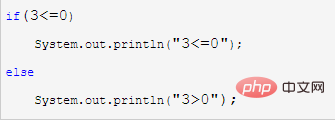
2, if (condition 1)...else if (condition 2)...else structure (relevant video tutorial recommendation: java video tutorial )
When condition 1==true, execute the statement under if (condition 1); when condition n==true, execute the statement under else if (condition n); when neither is satisfied Execute the statement under else
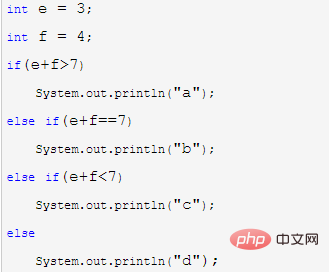
3. switch (operation statement)...case value structure
When the result of the operation statement == the value of case, enter Corresponding case execution statement
default: No matter which case is entered, as long as there is no break, default will be entered in the end
break: Jump out of the current selection structure. If there is a break in the case entered, then directly Jump out of switch
3.1, without default and no break
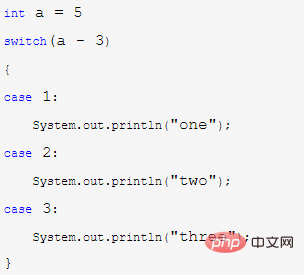
3.2, with default and no break
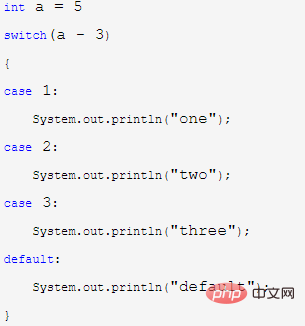
3.3. There is default and break
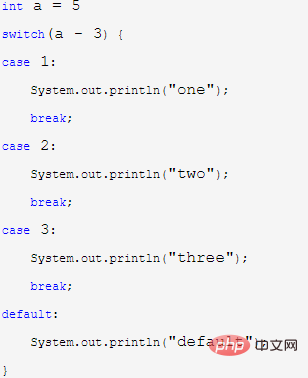
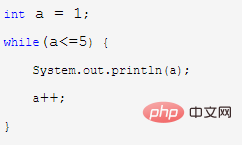
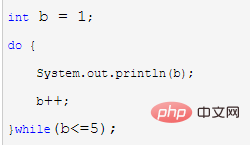

The above is the detailed content of Detailed explanation of java logic control statement examples. For more information, please follow other related articles on the PHP Chinese website!